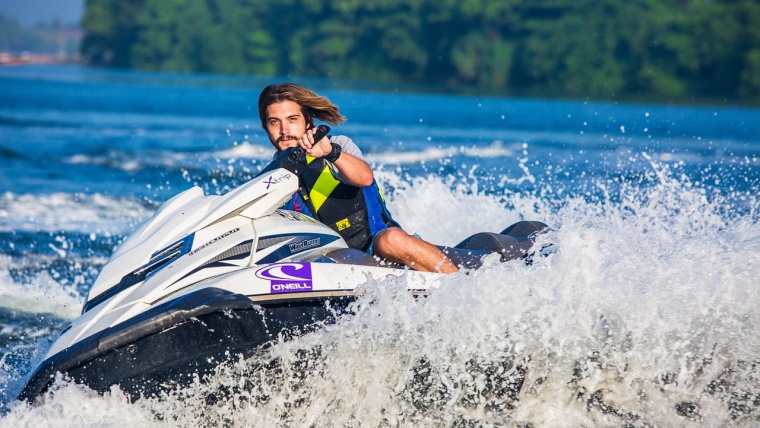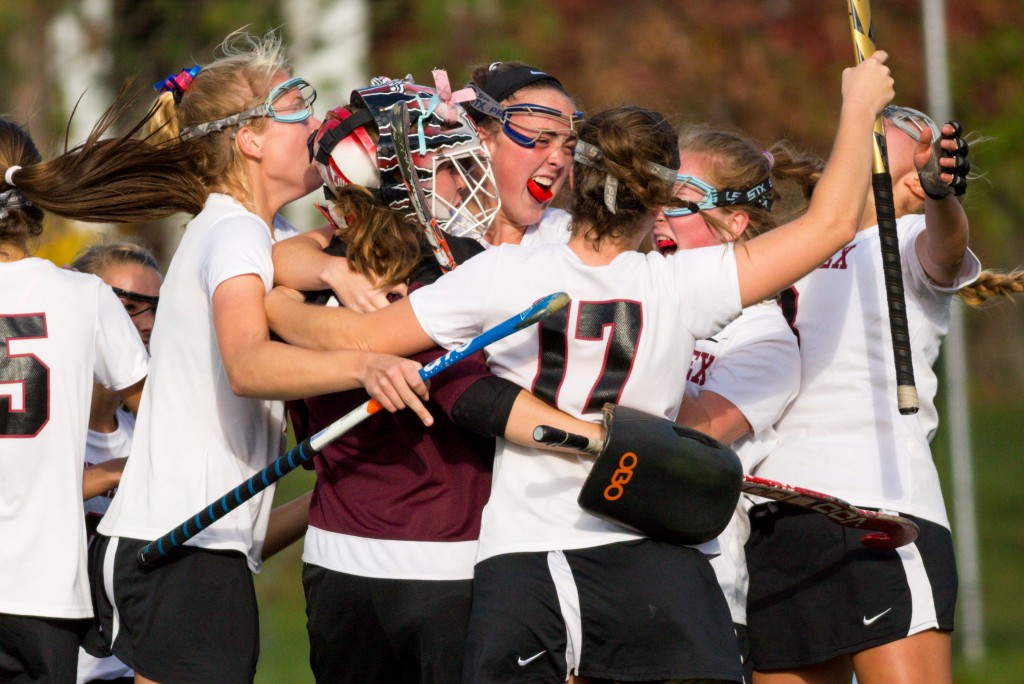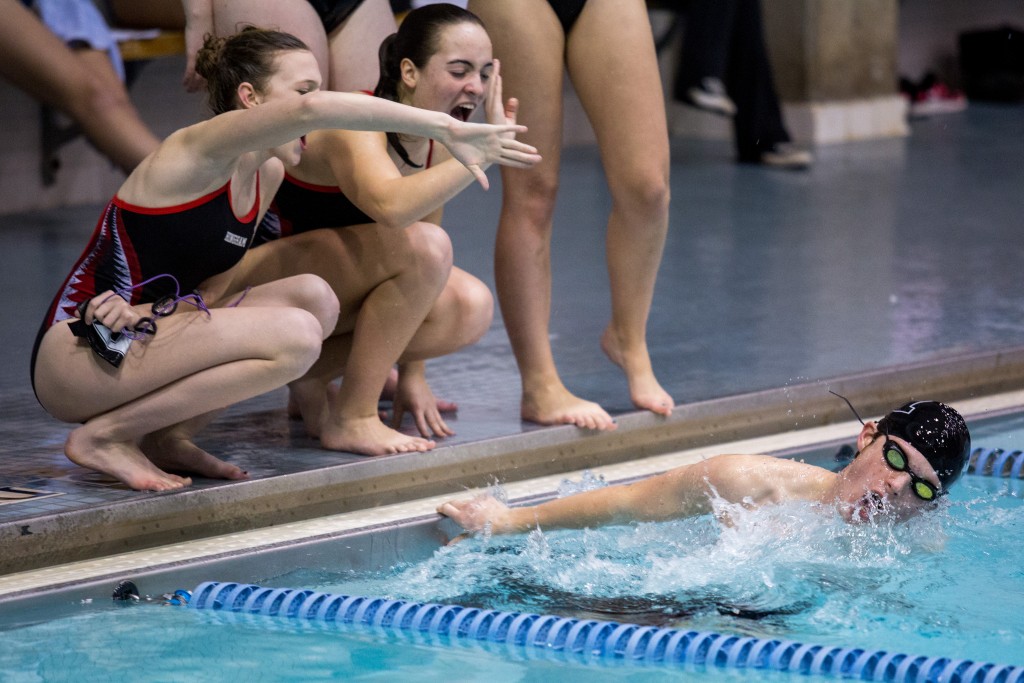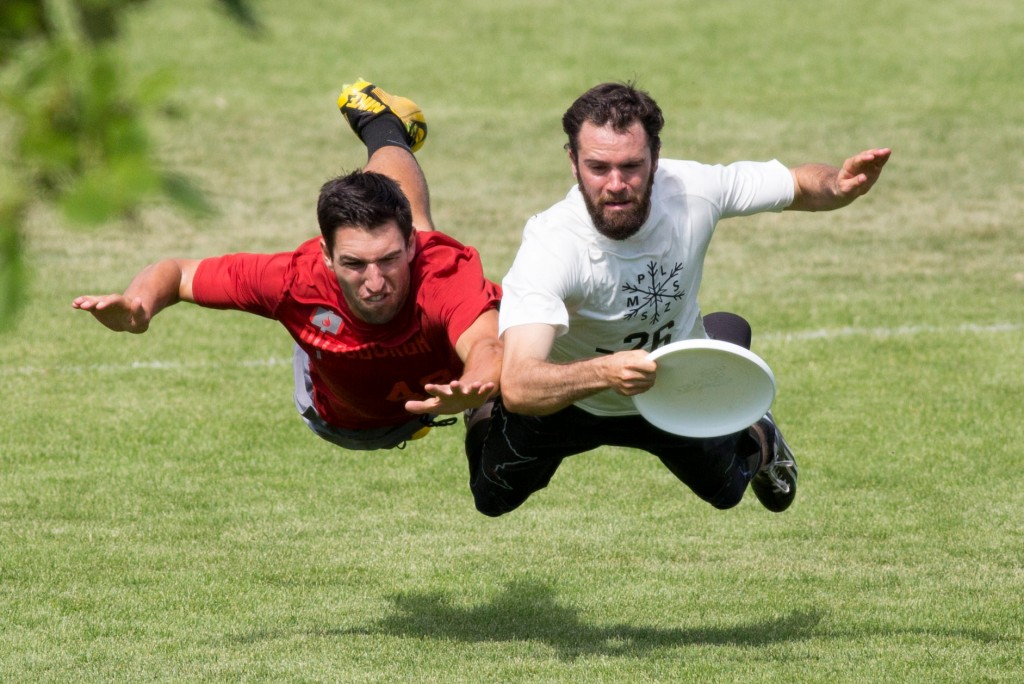
Shooting sports can be a costly proposition. Those big lenses you see on the sidelines of professional games can cost upwards of $10,000. Yikes. But you don’t necessarily need them to improve your action photos, although a 400mm f/2.8 lens can’t hurt. When starting out shooting action, there are a few small things you can do to make a big impact on your photos. The best part about these tips is that you don’t need to buy more gear for them! The first tip is to shoot in RAW. Check out this previous post about the benefits of shooting in RAW.

Table of Contents
The first tip is to use a fast shutter speed. To capture the action you must freeze the action. To freeze action I try to use a shutter speed of at least 1/500 of a second for youth sports, but 1/1000 or above whenever I can. If you are shooting a night game or indoors this means you’ll need to use a high ISO. You can’t use the photo if it’s blurry so you may as well crank up the ISO and deal with the noise it creates.

Of course, rules are made to be broken and it can be fun to use a slower shutter speed, but if you are going to do this then you should use something like 1/15 or slower. You won’t get many useful photos, but if you do it’ll be interesting and different from a standard peak action shot.
Next up is changing perspectives. Get low, get high, find a place no one else has shot from. Everybody watches games through their own eyeballs and are used to seeing sports from a standing height. If you take photos while standing it won’t look different than watching the game yourself without a camera. Getting low will make your subjects look bigger in the frame and you get a different perspective than people are used to seeing. A different perspective is a key to making a nice action shot. Give the people something they can’t get from their seats. I also try to get up high and shoot down on my subject. This helps clean up the background and can give you a perspective some people don’t have.
When photographing you want to have as clean of a background as possible, so the viewer can focus on your subject. As you start out you most likely will not be shooting in big arenas, but places with cars, fences, and other distractions. You’ll never see a great sports photo with a porta-potty in the background. You can do this by positioning yourself at a good location around a field or in a stadium, based on what the background will be. It also helps to have your background far away from your subject because they will become blurred and you won’t be able to make out the distraction. As I said earlier it can also help to get up above your subject and shoot down. This way of shooting uses the playing surface as the background with tends to have very few distractions. I sometimes use a small step ladder to get on the field and shoot down. A hill or grandstand can provide the same effect.

I often lay down on the ground or floor to take photos during a game. You definitely get a lower percentage of keepers, but a more impressive image overall. The best time to be risky is when you don’t need to safe shots. I try to get a lot of safe shots in the first half of a game and then start experimenting with the riskier shots. Try using slow shutter speeds, lay on the ground, hold the camera up above your head, focus on an individual and wait for the play to happen. When being risky don’t follow the action, try to anticipate what’s going to happen next. Find a great background or frame and wait for the action to come to you. Once you become ok with missing a few photos, you can be liberated to try new things and improve the shots that you do get.
Don’t get stuck only capturing the action. If you look at some of the greatest sports photos you’ll see it’s because of the moment it captured, not the athletic play but reaction to it. Celebrations, tears, and other reactions show the emotion of the game and help tell the story. Follow the player after a goal, look to the bench, find the coach and you’ll be sure to make some emotional photos. Even better is when you get the winning and losing emotion in one photo. Don’t forget the smaller moments in games. You can find some great shots in the details of the game as well as the peak action.
Comments (0)
There are no comments yet.